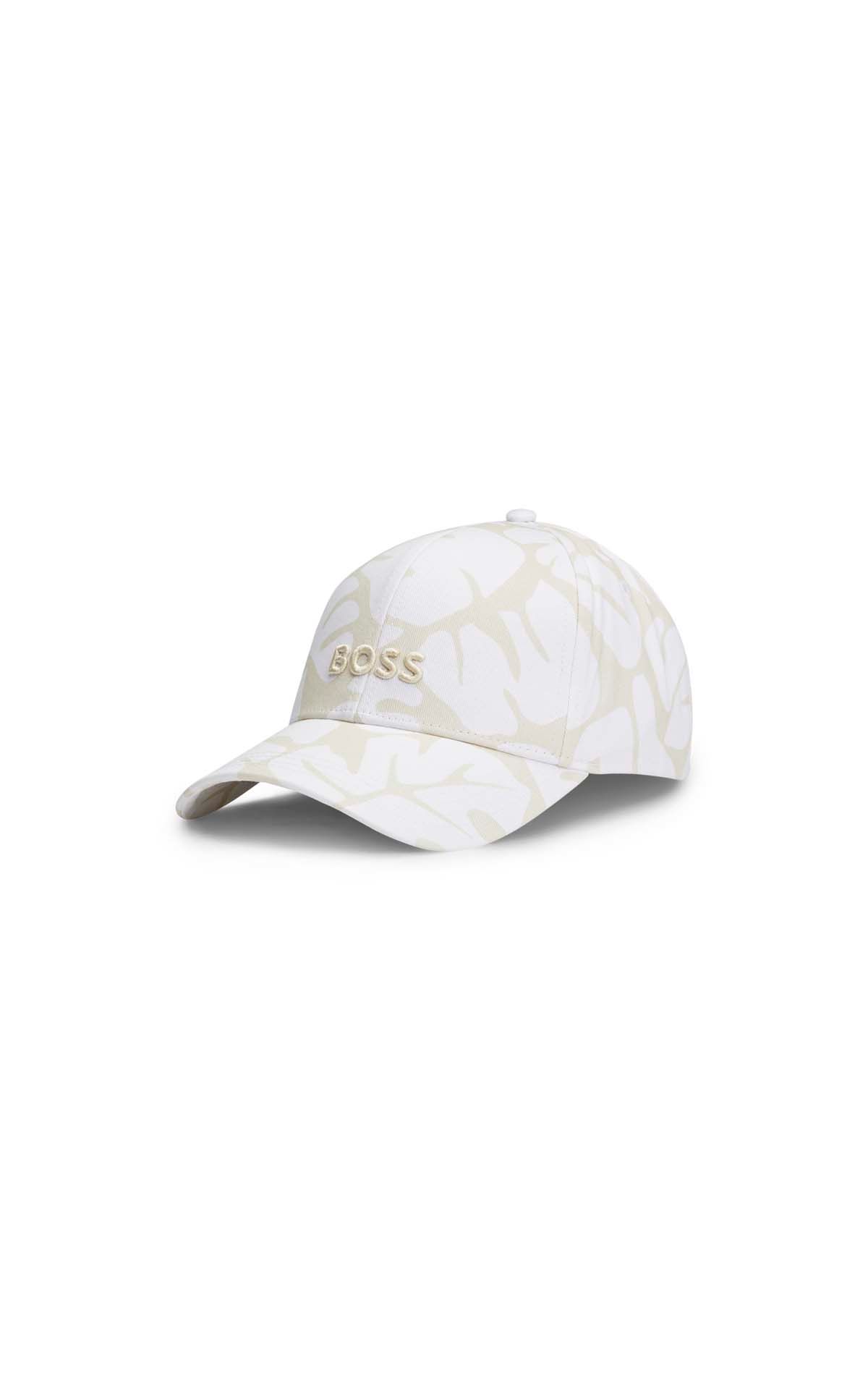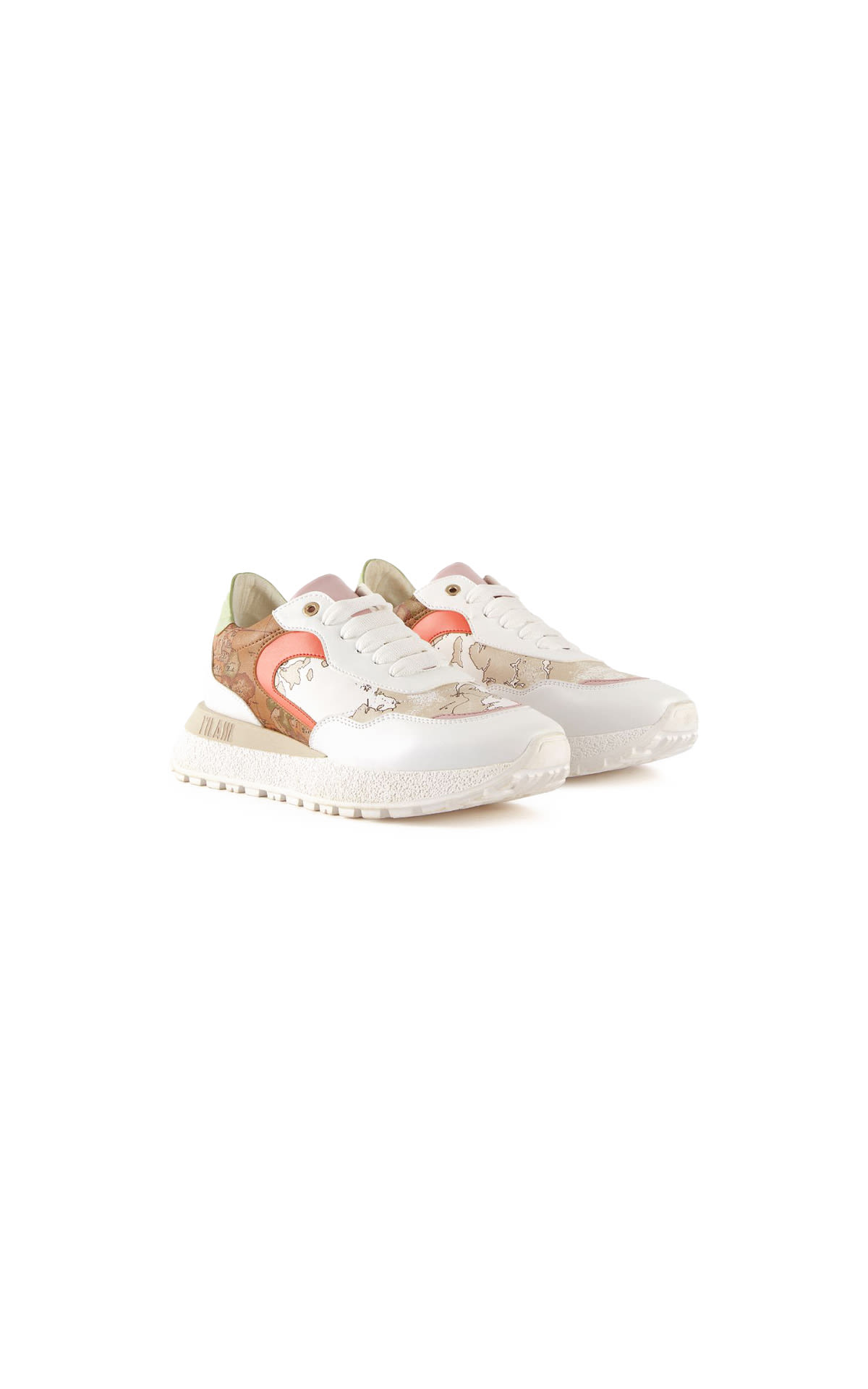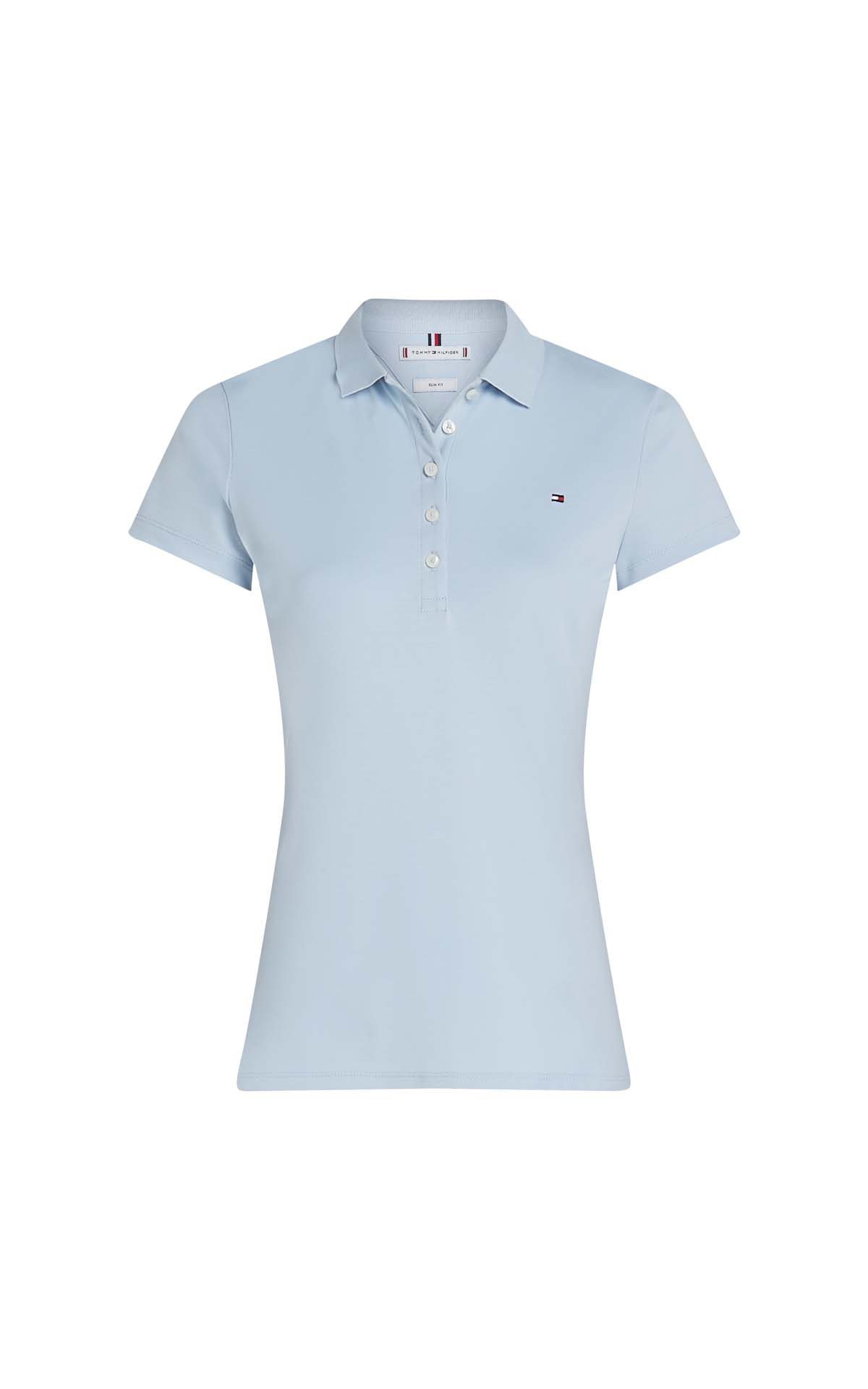
Village Price
28 €
RRP
40 €
BOSS
The Cathedral of Fidenza In the heart of ancient Fidenza, the majestic Cathedral dedicated to the city’s Patron Saint, San Donnino, rises proudly. It is one of the masterpieces of Emilian Romanesque architecture; built in the 12th century, it tells a thousand years of history, faith, and art. Every stone speaks of devotion and encounters between saints, queens, and emperors.
The captivating façade is framed by two towers; at the centre, the grand portal with its stylophoric lions welcomes visitors into a story carved in stone.
The works of Benedetto Antelami and his school unfold along the façade with bas-reliefs and statues that narrate, in addition to scenes from the Old and New Testaments, the life of Donnino: his flight, martyrdom, and miracles in Fidenza. There is also the statue of Saint Simon, pointing toward Rome – an invitation to a spiritual and physical journey along the Via Francigena.
Inside, the play of light across the three naves highlights Romanesque and Gothic architectural elements.
Village Price
28 €
RRP
40 €
BOSS
A signature detail to complete any look with personality.
Village Price
131 €
RRP
218 €
Alviero Martini 1A Classe
Style and comfort to carry you through every adventure, from city strolls to countryside escapes.
This fortress was built in the 14th century by the Meli Lupi princes, whose descendants still reside there. Over time, it has been enriched with various additions; in 1833, the large English-style park that still surrounds it was created.
Inside, the frescoed rooms are enchanting: the grotesques by Cesare Baglione, the room depicting mythological episodes related to Hercules, the Baroque Stucco Room, and the long Gallery with family portraits and fine furnishings.
Want a memorable day out? We've chosen our favourite attractions and created one-of-a-kind experiences for a memorable journey into excellence that’s Made in Italy.
Located in Soragna in the historic 19th-century cheese factory of Corte Castellazzi, in the shadow of the splendid Rocca Meli Lupi, the museum takes visitors on a journey through the history of the King of Cheeses.
This charming rural complex includes a typical farmhouse with a stable and barn, and most notably, a rare circular-plan cheese factory with a colonnade.
More than 120 objects – dating from the 19th to the early 20th century – and around 100 images, drawings, and vintage photographs illustrate the evolution of milk processing and Parmigiano Reggiano production. The exhibit also documents the aging and marketing stages, as well as the crucial role of the Parmigiano Reggiano Consortium in safeguarding the product’s quality and authenticity.
Tommy Hilfiger
A timeless essential with a modern twist—effortless style for open-air moments.

